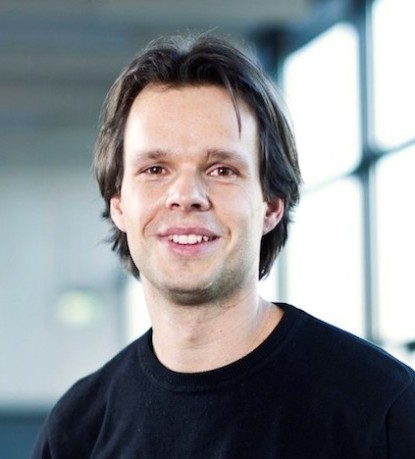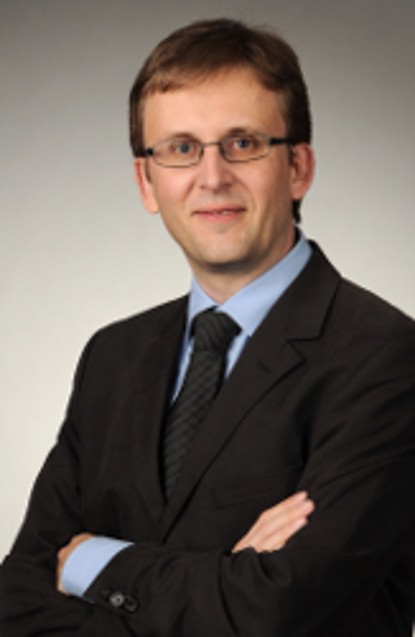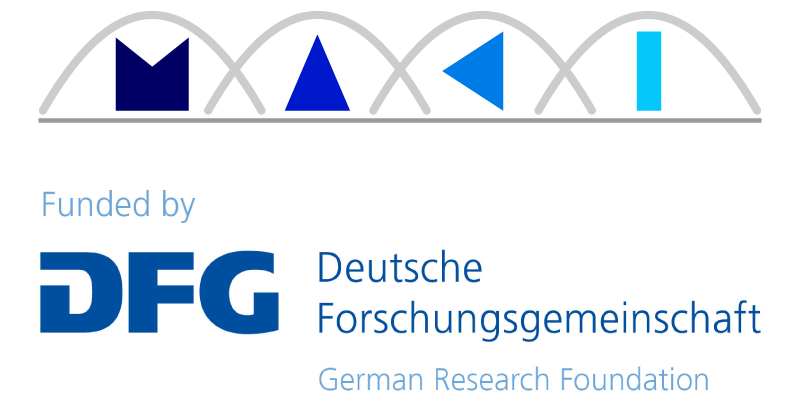In Phase I and Phase II, the subproject made contributions to adaptive event processing that include the following major contributions: i) As the most important result, it could be shown that the use of transitions significantly improved the quality of service of event processing systems with respect to metrics such as latency or throughput. ii) Furthermore, the integration of domain-specific language concepts improved the programmability of event processing systems. This simplifies the specification of the processing logic of an event processing system. iii) Likewise, contributions were made to more efficient and flexible execution of mechanisms of event processing systems (e.g., through in-network processing). iv) Furthermore, the first simple transition procedures were designed that allow compliance with user-defined requirements.
Building on the findings of Phase II, Phase III will explore procedures and methods for adapting event processing systems to help meet mission-critical event processing requirements with high reliability. Such requirements are essential in application scenarios such as the Internet of Things. Here, event processing systems are often tasked with responding to events in the physical environment. A typical mission-critical requirement in these scenarios is the strict specification of the allowed latency between the occurrence and detection of an event. While initial transition methods supporting compliance with user-defined requirements (e.g., maximum latency) were designed in Phase II, these approaches are not strict enough and therefore allow large variations in quality of service.
In Phase III, we aim to develop new more rigorous procedures so that mission-critical requirements for event-processing systems can be met more reliably. An important aspect is that we want to enable improved predictions of the expected quality of service (e.g., regarding the latency of event processing) in the form of so-called automatically learned performance evaluation models. Today, existing performance evaluation models have to be adapted to the respective environment by hand with great effort. With automatically learned models for performance evaluation, we want to achieve a simple adaptation of these to the respective context (e.g., the available resources).
Another important aspect in Phase III will be to design new mechanisms for accelerating the execution of mechanisms in event processing systems that ensure better compliance with mission-critical requirements. For example, we will develop new approximative approaches that meet mission-critical requirements (e.g., maximum latencies) even in overload scenarios. In addition, together with subproject D2, methods using hardware acceleration to fulfill mission-critical requirements are to be researched. In combination with the robust performance evaluation models mentioned above, there is thus the possibility of improving compliance with mission-critical requirements and, at the same time, supporting significantly stronger requirements through higher performance in processing and distribution.
A third and final aspect is the dynamic use of resources, which in the context of event processing systems can span resources from the edge of the Internet (e.g., sensors) to the core (e.g., switches) to cloud data centers (e.g., servers). Since multiple autonomous network providers may be involved here, we aim to develop cooperation strategies for different network providers based on transitions so that end-to-end mission critical requirements can be reliably met.
Overall, the subproject will make contributions to transitions under mission-deciding requirements, but also to cooperative transitions between mechanisms of distributed event processing systems. Through automatically learned models for performance evaluation and therefore procedures for automatic allocation of resources, subproject C2 also contributes to improved automation of transitions. The research of concrete mechanisms allows in interaction with the other subprojects of the CRC to test, evaluate and refine methods, adaptation procedures and technologies in the concrete application scenario of event processing systems.







